Brief Introduction to Oscillating Heat Pipe Limits of Operation
By Joe Boswell, CEO, and Corey Wilson, Director of Research and Development
Our team here at ThermAvant Tech has spent more than a decade developing, validating, and continually refining the Oscillating Heat Pipe (OHP) Limits Model by comparing against +10,000 datasets, including those of OHPs tested on-ground, on-orbit and on spin-tables. We’ve authored numerous journal publications [1–3] and given many a technical presentation. This post briefly summarizes the OHP Limits Model for those interested in a quick tutorial.
Like conventional wick-based, capillary-driven heat pipes, Oscillating Heat Pipes (OHPs) operate within a range of temperatures (T) and heat loads (Q). This Operational Region is defined by a set of “Limits” specific to OHPs which are similar to but distinct from those of conventional heat pipes.
Referring to the chart below, OHPs’ Limits include: Bond Limit, Sonic Limit, Startup Limit, Swept Length Limit, Vapor Inertia Limit, and Viscous Contours – the latter of which describes a portion of an OHPs’ thermal resistance. Importantly, an OHP’s thermal performance (minimal ΔT) and stability (minimal σT) are optimized inside the Operational Region and deteriorate considerably outside such Region. Thermal engineers alter OHPs’ limits by adjusting independent variables such as fluid selection, hydraulic diameter, fill fraction, etc. Once OHPs go beyond a limit (i.e., loss of stable, Taylor Flow with discrete liquid slugs and vapor bubbles driven by phase change events), they can be designed to quickly restart (i.e., spring-back to such Taylor Flow once cooled- or powered-down).
Below is a short description of each the abovementioned OHP Limits of Operation. Please contact Sales@ThermAvant.com for more information on these or other questions related to OHPs.
Bond Limit
When the liquid is not able to bridge the channel allowing vapor and therefore no longer pushing the liquid around the OHP. This limit is primarily dependent upon gravitational acceleration and surface tension. At a given gravitational acceleration, it comes about at elevated temperatures where the liquid’s surface tension decreases to the point that it can no longer span the capillary channel. At this point, the flow is stratified allowing vapor to bypass the liquid. Without the pumping power of the bubbles, fluid movement ceases.
Sonic Limit
The fluid velocity is choked at the speed of sound for the two-phase mixture. This results in a stationary liquid front preventing fluid circulation. This limit primarily occurs with liquid metal high temperature OHPs. For other OHPs, the viscous ΔT is the limiting factor in that it becomes too large for the OHP to operate.
Startup Limit
Swept Length Limit
At high power and temperature, the nucleation frequency increases until the fluid can no longer pass through the OHP evaporator. This leads to dry regions which stop fluid motion and cause runaway. Because this limit is based on nucleation frequency and fluid flow through the evaporator, longer evaporators restrict the maximum power and temperature of operation.
Vapor Inertia Limit
At high power and temperature, the high fluid velocity and reduced surface tension causes the flow to become annular. Once this occurs fluid motion ceases and dry regions develop in the evaporator causing runaway.
Viscous Contours
At lower temperatures, the fluid viscosity increases, this adds to the OHP’s thermal resistance. At low temperatures, the viscous ∆T becomes sufficient to stop OHP operation. The exact ∆T required to stop motion is dependent upon the operational temperature of the OHP and the viscosity of the fluid.
Bibliography
[1] Drolen, B. L., and Smoot, C. D., 2017, “Performance Limits of Oscillating Heat Pipes: Theory and Validation,” J. Thermophys. Heat Transf., 31(4), pp. 920–936.
[2] Pounds, D. A., Ellebracht, L., and Drolen, B., 2018, “An Empirical Study of a Long, High Temperature Oscillating Heat Pipe for Next Generation Spacecraft Thermal Control,” Spacecraft Thermal Control Workshop, El Segundo, California.
[3] Drolen, B. L., Wilson, C. A., Taft, B. S., Allison, J., and Irick, K. W., 2022, “Advanced Structurally Embedded Thermal Spreader Oscillating Heat Pipe Micro-Gravity Flight Experiment,” J. Thermophys. Heat Transf., 36(2), pp. 314–327.








